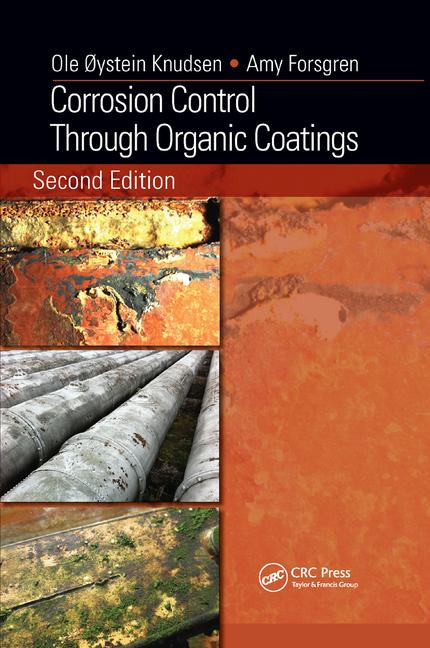Maintaining Chemical Workplace Safety: Performing Chemical Safety Audits

image courtesy of damircudic / iStock / Getty Images Plus
The use of chemicals is common in a variety of industrial processes, making them a key element in laboratory and industrial operations. However, this comes with potential risks that can put worker health and safety on the line. To prevent incidents arising from the improper use of chemicals, it is critical for industries to practice safe handling and management of hazardous chemicals and toxic substances. A chemical safety audit checklist is an effective tool used to ensure that the protocols involving the proper use, storage, and handling of chemicals are correctly implemented at a workplace. It also evaluates the various safety measures and protocols in place, as well as the facility personnel's chemical handling skills and emergency response preparedness.
This article discusses the importance of chemical safety practices, exploring the role of different strategies in ensuring and enhancing the health and safety of workers. More importantly, this article provides a list of principles and key elements that make up a comprehensive chemical safety audit checklist.
What Is Chemical Safety?
Chemical safety in the workplace focuses on providing workers with a safe environment. It involves strategies and protocols designed to minimize risks and exposure to potentially harmful substances. Some of the key elements of chemical safety in the workplace include:
- Workplace risk assessment and analysis
- Hazard label and identification
- Safety Data Sheets (SDS)
- PPE provision
- Hazard communication
- Proper storage, handling, and disposal
- Emergency chemical spill response
- Employee training and education
Chemical Safety Audit Process
The chemical safety audit is an effective tool used to ensure that safety measures and protocols are put in place and are diligently followed. It is also meant to spot points for improvement. This critical assessment procedure evaluates existing chemical safety programs and endorses changes that will help enhance worker and workplace safety related to handling of hazardous substances and prevention of accidental chemical releases.
For a more comprehensive approach, the chemical safety process involves a series of steps.

Pre-Audit Preparation
Before conducting the actual chemical safety audit, it is essential to have all the necessary files, documents, and instruments on hand. In addition, it is imperative to ensure that those conducting the audits are well-trained and certified to do so. A preliminary meeting is typically conducted to go over the scope and objectives of the audit. At this stage, the team can also make any changes to the audit checklist to fit the needs, setting, and industry.
Chemical Safety Audit
A chemical safety audit is a detailed process aimed at reviewing critical safety protocols and strategies implemented at a workplace. This step primarily involves a detailed inspection of the key elements of the chemical safety program by conducting on-site visits, evaluating various aspects of facility operation, and interviewing the facility personnel. Some of the audit evaluation points include the facility’s chemical use, waste management procedures, emergency response protocols, staff knowledge, preventive maintenance/inspection programs, hazard evaluation techniques, and more.
Post-Audit Documentation
After the audit is conducted, it is critical for the inspector to accurately record and document their findings. This is an essential step in ensuring that areas of compliance and non-compliance are noted. Documentation includes compiling the videos and photographs taken as reference to the site's conditions.
This phase also involves the write-up of recommendations to enhance chemical safety. This should include actionable steps and a timeline for the facility to comply with the endorsements. The final output is a comprehensive report presenting the findings of the audit and the proposed plan for improvement. It is important to note that the safety audit is conducted as per the requirements of the “Guidance Manual for Environmental Protection Agency (EPA) Chemical Safety Audit Team Members.”
Chemical Safety Audit Checklist: Key Elements and Contents
When conducting a safety audit, having a checklist on hand helps ensure that all areas are covered during inspection. It also enhances efficiency by creating a systematic approach to the audit process. More importantly, a chemical safety audit checklist aids in maintaining a consistent and standard procedure.
While the checklist can be adjusted depending on the industry and the audit's needs, it should include the sections listed in Table 1.

Auditors can adjust their checklists as needed. However, as a general guideline, a comprehensive chemical safety audit checklist should contain and cover the elements listed below.
Chemical Inventory
A primary objective of the chemical safety audit revolves around inspecting the handling of chemicals used in a facility. This section checks if the site is maintaining an up-to-date list of all present and used chemicals and provides critical information for hazard communication.
Hazard Labels, Storage, and Signs
Proper labeling indicating potential hazards is crucial in chemical safety. This section ensures that chemicals are adequately labeled in accordance with standards and regulations. It also includes chemical storage practices, verifying that chemicals are segregated by storage groups and stored in the right types of containers, using secondary containment where needed.
Chemical Waste Disposal and Management
Poorly managed chemical waste can lead to adverse effects to the environment and public health. Considering this, it is important that facilities uphold the chemical waste protocols that dispose of toxic and hazardous substances, as compliant with environmental regulations. Aside from the chemical waste procedures, this section also checks if chemical waste containers are properly labeled and secured.
Personal Protective Equipment (PPE)
The use of personal protective equipment is the first line of defense for workers dealing with hazardous chemicals. This section verifies if PPEs, such as masks, gloves, suits, eye protection, and the like, are readily available for employees and worn according to the hazards present at the workplace. Also, it checks if the equipment is well maintained and used by employees properly to enhance workplace safety.
Emergency Response Protocol
In critical times, it is crucial that employees are well trained to respond to emergency situations. The emergency response protocol audit examines whether employees are adequately trained to deal with high-urgency situations. It also ensures that emergency response equipment, such as eye wash stations, safety showers, and spill kits, are readily available in case of chemical spills or exposures. Emergency response also includes other practices such as first aid and symptom awareness.
Employee Training and Awareness
Gauging the level of awareness and engagement of employees when it comes to chemical safety practices and protocols is essential during audits. This section reviews and measures how well the employees are trained in handling chemicals and responding to emergency situations. It also evaluates the application of chemical safety strategies and how it is received and practiced by employees on their day-to-day tasks and activities.
To learn more about TRADESAFE and its products, visit trdsf.com.
Images within the article courtesy of TRADESAFE.
Looking for a reprint of this article?
From high-res PDFs to custom plaques, order your copy today!







